The Quaternization Reaction of 5-O-Sulfonates of Methyl 2,3-o-Isopropylidene-β-D-Ribofuranoside with Selected Heterocyclic and Aliphatic Amines
Abstract
:1. Introduction
2. Results and Discussion
2.1. Synthesis of 4b–4k, 6a–6f and 6i and 8b–8d and 8f
2.2. Molecular Modeling
2.3. X-ray Diffraction Analysis of 5
3. Materials and Methods
3.1. General Procedure for Synthesis of Quaternary Ammonium Salts
3.2. Procedure for 4a–4f
3.3. Procedure for 6a–6f
3.4. Procedure for 8c
4. Conclusions
Supplementary Materials
Author Contributions
Funding
Acknowledgments
Conflicts of Interest
References
- Strecker, A. Ueber eine neue Bildungsweise und die Constitution der Sulfosäuren. Ann. Chem. Pharm. 1868, 148, 90–96. [Google Scholar]
- Tipson, R.S. Sulfonic Esters of Carbohydrates. Adv. Carbohydr. Chem. 1953, 8, 107–215. [Google Scholar] [PubMed]
- Rigby, G.W. Acetone Soluble Cellulose Aryl Sulfonates and Their Preparation. U.S. Patent 2,123,806, 12 July 1938. [Google Scholar]
- Jeanloz, R.W.; Jeanloz, D.A. Partial Esterification of Methyl 4,6-O-Benzylidene-α-D-glucopyranoside in Pyridine Solution. J. Am. Chem. Soc. 1957, 79, 2579–2583. [Google Scholar] [CrossRef]
- Feit, P.W.; Nielsen, O.T. Glycerol 1,3- and 1,2,4-butanetriol 1,4-bismethanesulfonates. J. Med. Chem. 1966, 9, 416–417. [Google Scholar] [CrossRef]
- Ball, D.H.; Parrish, F.W. Sulfonic esters of carbohydrates: Part I. In Advances in Carbohydrate Chemistry; Elsevier: Amsterdam, The Netherlands, 1968; Volume 23, pp. 233–280. [Google Scholar]
- Hochberg, M.; Chevalier, X.; Henrotin, Y.; Hunter, D.J.; Uebelhart, D. Symptom and structure modification in osteoarthritis with pharmaceutical-grade chondroitin sulfate: What’s the evidence? Curr. Med. Res. Opin. 2013, 29, 259–267. [Google Scholar] [CrossRef]
- McLean, J. The Discovery of Heparin. Circulation 1959, 19, 75–78. [Google Scholar] [CrossRef] [Green Version]
- Petitou, M.; Duchaussoy, P.; Lederman, I.; Choay, J.; Jacquinet, J.C.; Sinay, P.; Torri, G. Synthesis of heparin fragments: A methyl alpha-pentaoside with high affinity for antithrombin III. Carbohydr. Res. 1987, 167, 67–75. [Google Scholar] [CrossRef]
- Petitou, M.; Van Boeckel, C.A. A synthetic antithrombin III binding pentasaccharide is now a drug! What comes next? Angew. Chem. 2004, 43, 3118–3133. [Google Scholar] [CrossRef]
- Brownlee, M. Biochemistry and molecular cell biology of diabetic complications. Nature 2001, 414, 813–816. [Google Scholar] [CrossRef]
- Spiers, A.S.D.; Malone, H.F. The significance of serum hexosamine levels in patients with cancer. Br. J. Cancer 1966, 20, 485–495. [Google Scholar] [CrossRef] [Green Version]
- DeBerardinis, R.J.; Sayed, N.; Ditsworth, D.; Thompson, C.B. Brick by brick: Metabolism and tumor cell growth. Curr. Opin. Gen. Dev. 2008, 18, 54–61. [Google Scholar] [CrossRef] [PubMed] [Green Version]
- Wike-Hooley, J.L.; Haveman, J.; Rheinhold, H.S. The relevance of tumour pH to the treatment of malignant disease. Radiother. Oncol. 1984, 2, 343–366. [Google Scholar] [CrossRef]
- Ward, K.A.; Jain, R.K. Response of tumors to hyperglycemia: Characterization, significance and role in hyperthermia. Int. J. Hyperth. 1988, 4, 223–250. [Google Scholar] [CrossRef] [PubMed]
- Tannock, I.F.; Rotin, D. Acid pH in Tumors and Its Potential for Therapeutic Exploitation. Cancer Res. 1989, 49, 4373–4384. [Google Scholar]
- Sacoman, J.L.; Badish, L.N.; Sharkey, T.D.; Hollingsworth, R.I. The metabolic and biochemical impact of glucose 6-sulfonate (sulfoquinovose), a dietary sugar, on carbohydrate metabolism. Carbohydr. Res. 2012, 362, 21–29. [Google Scholar] [CrossRef]
- Viola, R.E. Kinetic studies of the reactions catalyzed by glucose-6-phosphate dehydrogenase from Leuconostoc mesenteroides: pH variation of kinetic parameters. Arch. Biochem. Biophys. 1984, 228, 415–424. [Google Scholar] [CrossRef]
- Wong, C.H.; Gordon, J.; Cooney, C.L.; Whitesides, G.M. Regeneration of NAD(P)H Using Glucose-6-Sulfate and Glucose-6-Phosphate Dehydrogenase. J. Org. Chem. 1981, 46, 4676–4679. [Google Scholar] [CrossRef]
- Ray, W.J., Jr.; Long, J.W.; Owens, J.D. An analysis of the substrate-induced rate effect in the phosphoglucomutase system. Biochemistry 1976, 15, 4006–4017. [Google Scholar] [CrossRef]
- Rose, I.A.; Warms, J.V.B.; Kosow, D.P. Specificity for the glucose-6-P inhibition site of hexokinase. Arch. Biochem. Biophys. 1974, 164, 729–735. [Google Scholar] [CrossRef]
- Musicki, B.; Widlanski, T.S. Synthesis of Carbohydrate Sulfonates and Sulfonate Esters. J. Org. Chem. 1990, 55, 4231–4233. [Google Scholar] [CrossRef]
- Kleszczyńska, H.; Sarapuk, J.; Różycka-Roszak, B. The Role of Counterions in the Interaction of Some Cationic Surfactants with Model Membranes. Pol. J. Environ. Stud. 1998, 7, 327–329. [Google Scholar]
- Telesiński, A.; Pawłowska, B.; Pater, J.; Biczak, R.; Śnioszek, M. The role of anion in the impact of tetraethylammonium salts on soil phosphatase activities. Ecol. Quest. 2017, 28, 47–54. [Google Scholar] [CrossRef] [Green Version]
- Nowacki, A.; Dmochowska, B.; Jączkowska, E.; Sikora, K.; Wiśniewski, A. Theoretical studies of the formation of quaternary ammonium mesylates. Comput. Theor. Chem. 2011, 973, 53–61. [Google Scholar] [CrossRef]
- Nowacki, A.; Sikora, K.; Dmochowska, B.; Wiśniewski, A. Studies of the formation of N-substituted pyridinium mesylates: A theoretical approach. Comput. Theor. Chem. 2012, 1000, 33–41. [Google Scholar] [CrossRef]
- Sarabia-Garcia, F.; Lopez-Herrera, F.J. Studies on the synthesis of tunicamycin. The preparation of 7-deoxy-2-deamino-6-hydroxy tunicamine and related products. Tetrahedron 1996, 53, 4757–4768. [Google Scholar] [CrossRef]
- Dmochowska, B.; Sikora, K.; Chojnacki, J.; Wojnowski, W.; Wiśniewski, A. N,N,N-Trimethyl-N-(methyl-5-deoxy-2,3-O-isopropylidene-β-D-ribofuranosid-5-yl)ammo-nium 4-methylbenzenesulfonate sesquihydrate. Acta Cryst. 2013, E69, o1019–o1020. [Google Scholar]
- Engineering Toolbox. Available online: https://www.engineeringtoolbox.com/ (accessed on 1 September 2001).
- Skorupa, E.; Dmochowska, B.; Pellowska-Januszek, L.; Wojnowski, W.; Chojnacki, J.; Wiśniewski, A. Synthesis and structure of selected quaternary N-(1,4-anhydro-5-deoxy-2,3-O-isopropylidene-D,L-ribitol-5-yl)ammonium salts. Carbohydr. Res. 2004, 339, 2355–2362. [Google Scholar] [CrossRef]
- Stewart, J.J.P. Optimization of parameters for semiempirical methods V: Modification of NDDO approximations and application to 70 elements. J. Mol. Model 2007, 13, 1173–1213. [Google Scholar] [CrossRef] [Green Version]
- Stewart, J.J.P. MOPAC2016. Stewart Computational Chemistry. Available online: http://openmopac.net (accessed on 1 September 2016).

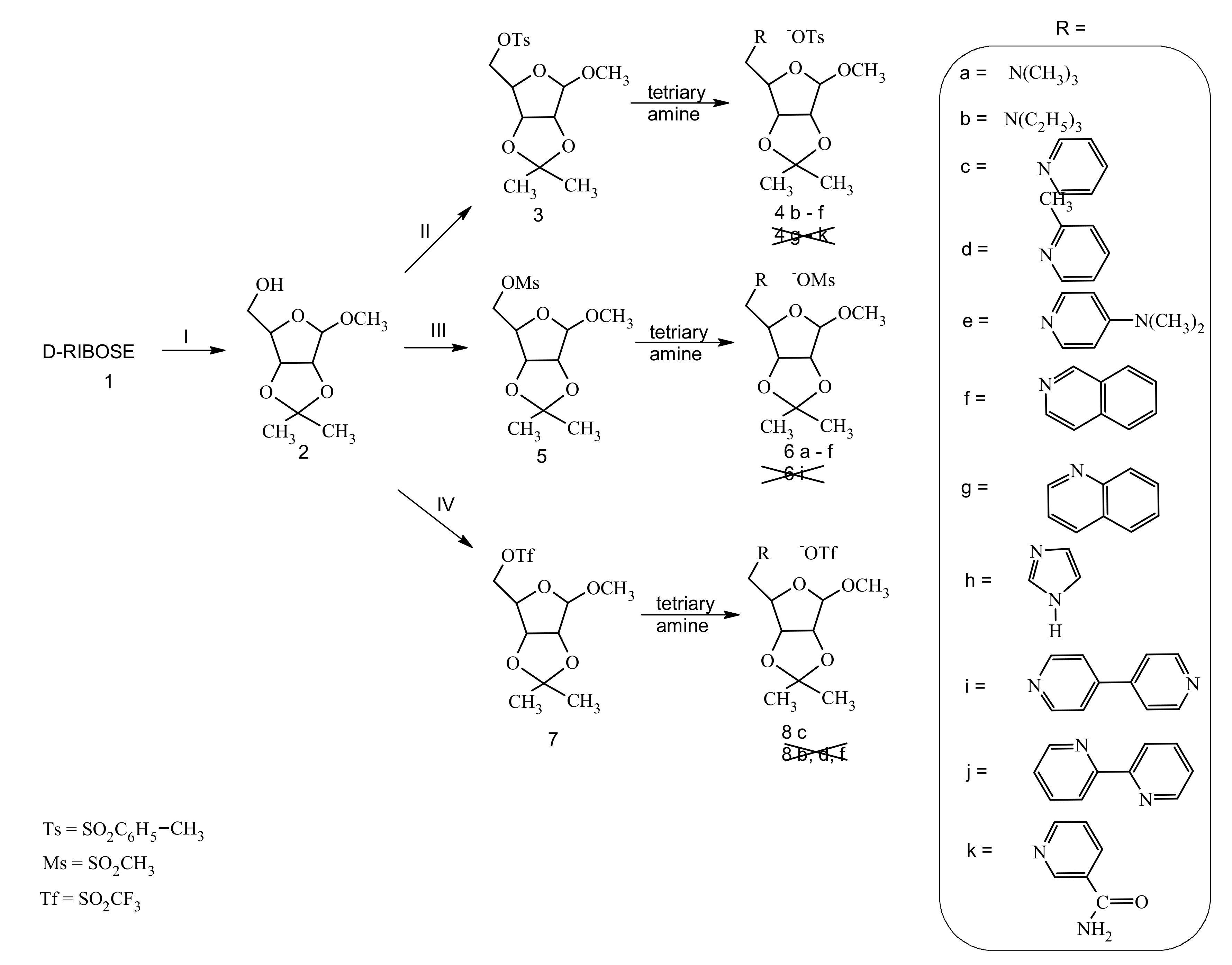
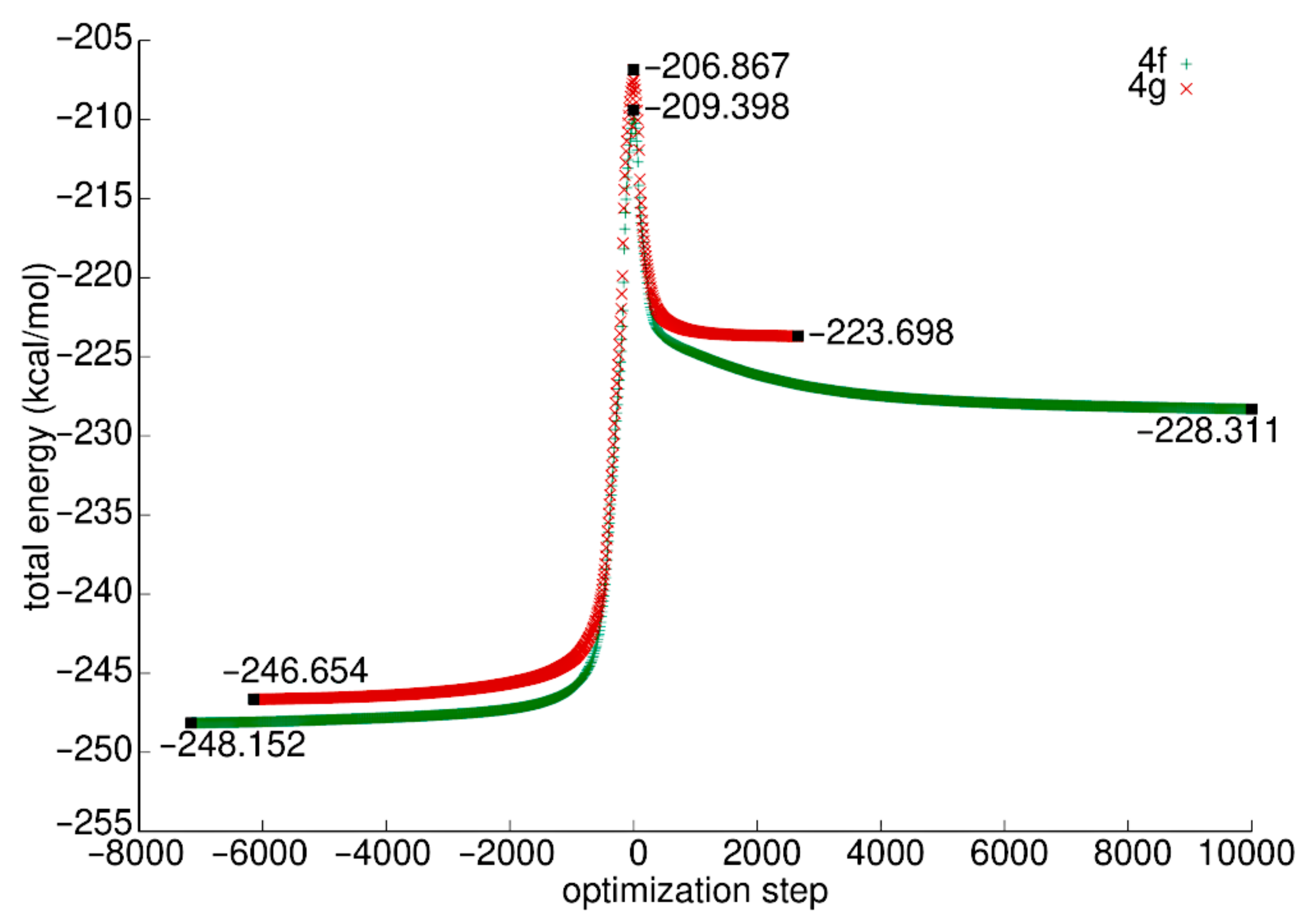
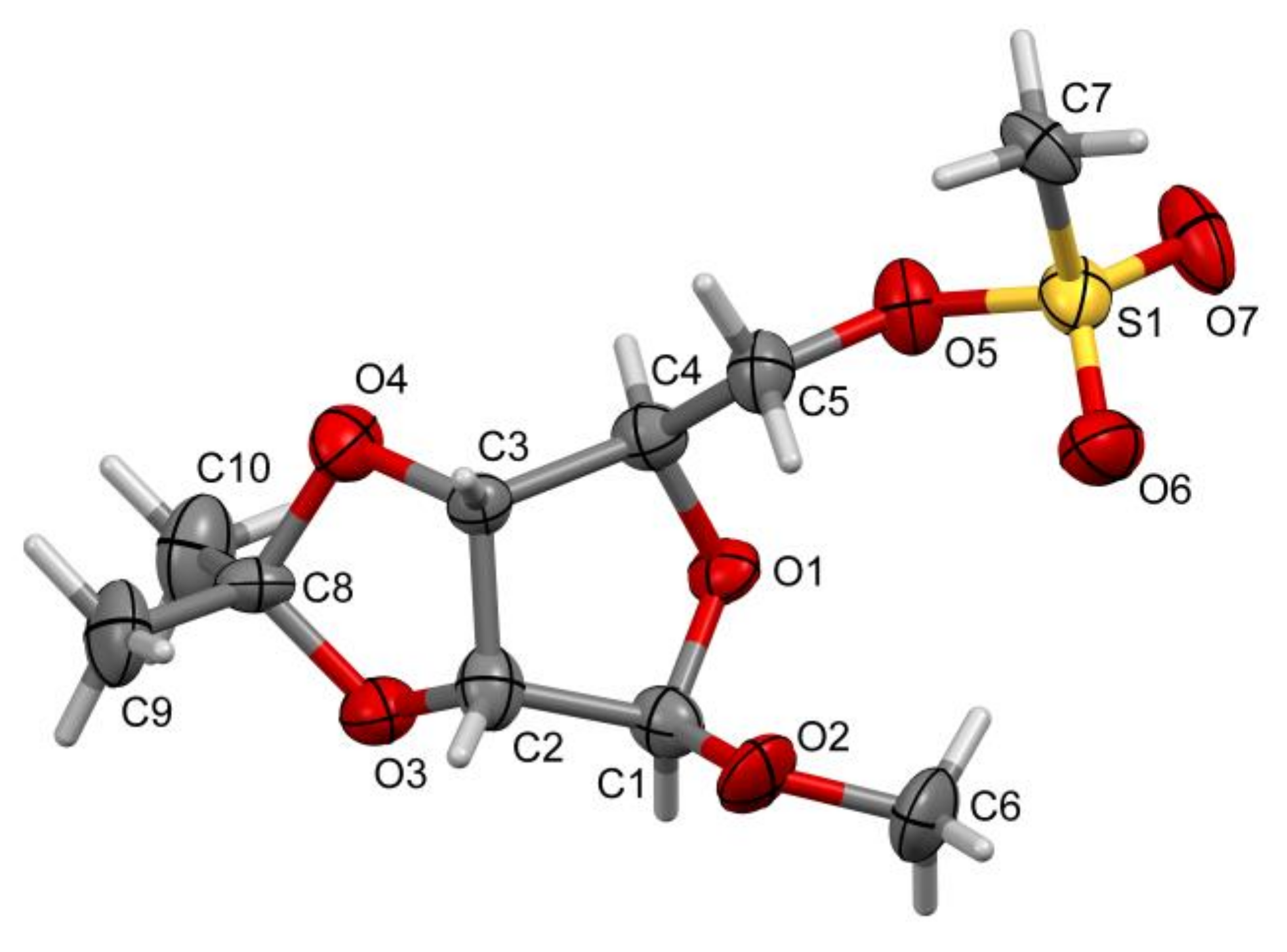
| Sulfate Ester |  |  | 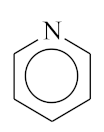 |  | 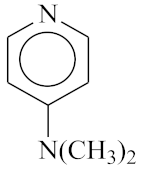 | 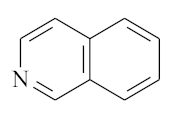 |  |  |  |
|---|---|---|---|---|---|---|---|---|---|
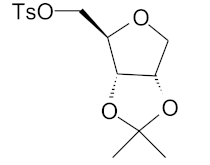 | 100 | 40 | 94 | 60 | 95 | 90 | 83 | 45 | 50 |
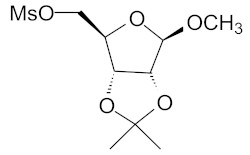 | 72 | 19 | 66 | 19 | 55 | 63 | - | - | - |
 | 67 | 28 | 78 | 31 | 70 * 37 ** | 72 | trace | trace | - |
| Crystal Data | |
|---|---|
| C10H18O7S | Dx = 1.399 Mg × m−3 |
| Mr = 282.30 | Melting point = 345.2–346.2 K |
| Orthorhombic, P212121 | Mo Kα radiation, λ = 0.71073 Å |
| a = 5.474 (9) Å | Cell parameters from 40 reflections |
| b = 10.840 (5) Å | θ = 3.0–16.4° |
| c = 22.588 (9) Å | μ = 0.26 mm−1 |
| V = 1340 (2) Å3 | T = 200 K |
| Z = 4 | Block, colorless |
| F(000) = 600 | 0.50 × 0.13 × 0.12 mm |
| Data collection | |
| KUMA KM4, point detector diffractometer | θmax = 25.1°, θmin = 1.8° |
| ω– 2 θ scans | h = −2→6 |
| 1393 measured reflections | k = −5→13 |
| 1393 independent reflections | l = −11→28 |
| 690 reflections with I > 2σ (I) | 3 standard reflections every 200 reflections |
| Rint = 0.053 | intensity decay: 1.1% |
| Refinement | |
| Refinement on F2 | Secondary atom site location: inferred from neighboring sites |
| Least-squares matrix: full | Hydrogen site location: inferred from neighboring sites |
| R[F2 > 2σ (F2)] = 0.069 | H-atom parameters constrained |
| wR(F2) = 0.281 | w = 1/[σ2(Fo2) + (0.1511P)2] where P = (Fo2 + 2Fc2)/3 |
| S = 1.08 | (Δ/σ)max = 0.001 |
| 1393 reflections | Δ>max = 0.44 e Å−3 |
| 163 parameters | Δ>min = -0.48 e Å−3 |
| 0 restraints | Absolute structure: No quotients, so Flack parameter determined by classical intensity fit |
| Primary atom site location: structure-invariant direct methods | Absolute structure parameter: 0.2 (6) |
© 2020 by the authors. Licensee MDPI, Basel, Switzerland. This article is an open access article distributed under the terms and conditions of the Creative Commons Attribution (CC BY) license (http://creativecommons.org/licenses/by/4.0/).
Share and Cite
Dmochowska, B.; Ślusarz, R.; Chojnacki, J.; Samaszko-Fiertek, J.; Madaj, J. The Quaternization Reaction of 5-O-Sulfonates of Methyl 2,3-o-Isopropylidene-β-D-Ribofuranoside with Selected Heterocyclic and Aliphatic Amines. Molecules 2020, 25, 2161. https://doi.org/10.3390/molecules25092161
Dmochowska B, Ślusarz R, Chojnacki J, Samaszko-Fiertek J, Madaj J. The Quaternization Reaction of 5-O-Sulfonates of Methyl 2,3-o-Isopropylidene-β-D-Ribofuranoside with Selected Heterocyclic and Aliphatic Amines. Molecules. 2020; 25(9):2161. https://doi.org/10.3390/molecules25092161
Chicago/Turabian StyleDmochowska, Barbara, Rafał Ślusarz, Jarosław Chojnacki, Justyna Samaszko-Fiertek, and Janusz Madaj. 2020. "The Quaternization Reaction of 5-O-Sulfonates of Methyl 2,3-o-Isopropylidene-β-D-Ribofuranoside with Selected Heterocyclic and Aliphatic Amines" Molecules 25, no. 9: 2161. https://doi.org/10.3390/molecules25092161







